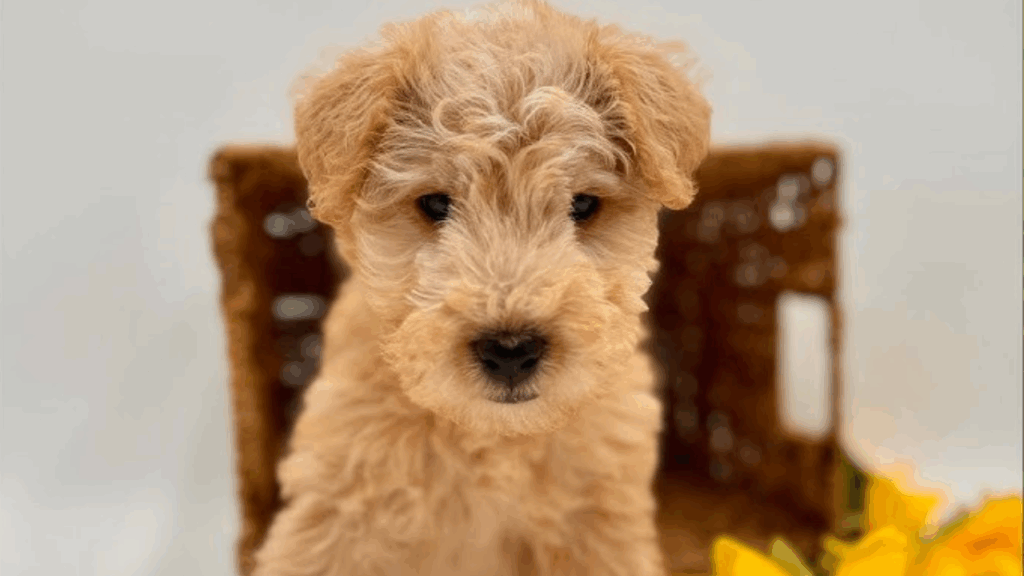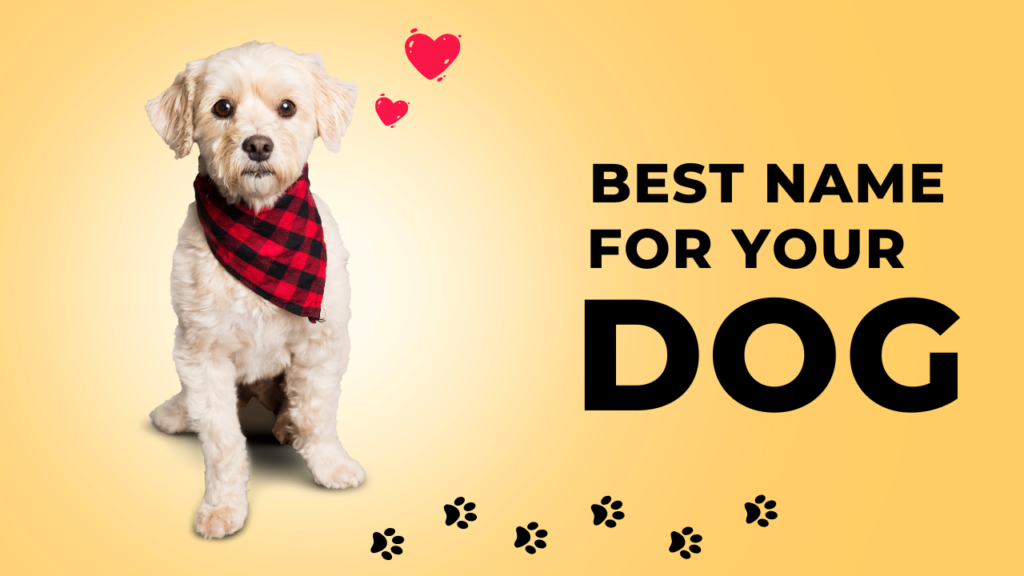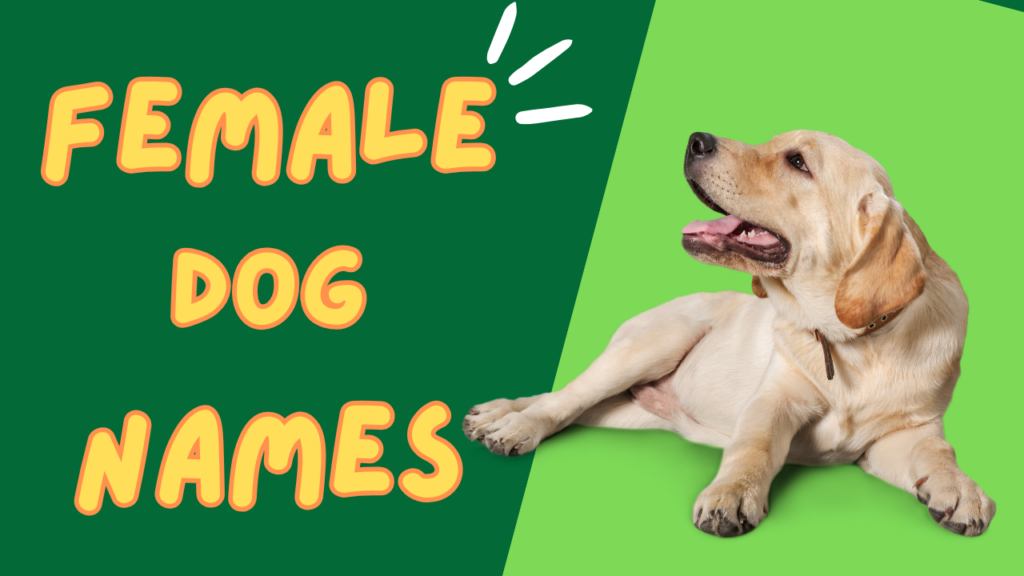The Lakeland Terrier is a small, sturdy dog with a big personality. Hailing from England’s scenic Lake District, this terrier breed was developed to hunt foxes in rugged terrain. Despite its tough working background, the Lakeland Terrier is also a cheerful and affectionate companion, known for its boundless energy, alertness, and trademark wiry coat.
Origins and History
The Lakeland Terrier’s story begins in Cumbria, formerly known as Cumberland, in the Lake District of northern England. Farmers and shepherds in the 18th and 19th centuries needed a dog that could help control fox populations, which threatened livestock, particularly lambs. They developed a hardy, brave, and persistent breed capable of navigating rocky hills and chasing foxes into dens.
The Lakeland Terrier is believed to be a cross between several older terrier types, including the Border Terrier, Bedlington Terrier, and possibly the Old English Black and Tan Terrier. It was recognized as a distinct breed in the early 20th century and officially by The Kennel Club in 1921.
Though originally a working dog, the Lakeland Terrier has transitioned well into family life and dog shows, even winning Best in Show at Crufts and Westminster Kennel Club Dog Show in past years.
Appearance
The Lakeland Terrier is a small but athletic dog with a square build and a distinctive wiry, weather-resistant coat. It has a keen, intelligent expression and a confident posture that reflects its tenacious nature.
Physical features include:
- Height: 13–15 inches (33–38 cm)
- Weight: 15–17 pounds (7–8 kg)
- Coat: Dense, harsh, and wiry; a softer undercoat beneath
- Colors: Black, liver, red, wheaten, grizzle and tan, blue, and tan
Their head is rectangular with a strong jaw, dark almond-shaped eyes, and small V-shaped ears that fold forward. The tail is often carried upright and may be docked in countries where the practice is still allowed.
Temperament and Personality
The Lakeland Terrier is known for its fearless, curious, and happy-go-lucky nature. Like many terriers, it is bold and independent, yet it also forms close bonds with its family. Its cheerful demeanor, combined with an energetic and determined personality, makes it both entertaining and challenging at times.
Key traits:
- Very energetic and playful
- Alert and courageous
- Loyal to family
- May be aloof or wary of strangers
- Strong prey drive
Lakeland Terriers are generally good with children and can get along with other dogs if socialized early. However, due to their natural hunting instincts, they may not do well with smaller pets like hamsters or rabbits.
Training and Intelligence
Highly intelligent and quick to learn, Lakeland Terriers are capable of excelling in obedience and dog sports such as agility, rally, and earthdog trials. However, they also have a stubborn streak and are easily bored with repetitive tasks.
Training tips:
- Use positive reinforcement: treats, praise, play
- Keep sessions short and varied
- Be consistent and confident in commands
- Start socialization and training early
They respond best to owners who are firm but fair, and who understand the terrier mindset—independent, sometimes mischievous, and always energetic.
Exercise and Activity Needs
This breed has high energy levels and needs daily physical and mental exercise. Without enough stimulation, they can become noisy or destructive.
Ideal activities:
- Walks or runs (30–60 minutes daily)
- Off-leash play in secure areas
- Puzzle toys and scent games
- Dog sports (agility, flyball, lure coursing)
They do well in homes with a fenced yard and enjoy being involved in family activities.
Grooming and Maintenance
The Lakeland Terrier’s double coat requires regular grooming to maintain its texture and prevent matting. The outer coat is wiry, while the undercoat is soft.
Grooming routine:
- Brush at least twice a week
- Hand-stripping or professional grooming every 6–8 weeks
- Clean ears and trim nails regularly
- Bathe as needed
Hand-stripping helps maintain the coat’s hard texture, especially for show dogs. For pet dogs, clipping is often an easier alternative, although it may soften the coat over time.
Health and Lifespan
Lakeland Terriers are generally healthy and robust, thanks in part to their working-dog heritage. Still, they can be prone to a few hereditary issues.
Potential health concerns:
- Legg-Calvé-Perthes disease (hip joint disorder)
- Eye conditions (lens luxation, cataracts)
- Hypothyroidism
Regular checkups, proper diet, and exercise contribute to a long, healthy life.
Average lifespan: 12–15 years
Ideal Home and Owners
The Lakeland Terrier is best suited for active individuals or families who can provide plenty of attention, training, and exercise. They thrive in both urban and rural environments, as long as their needs are met.
Ideal for:
- Experienced dog owners
- Homes with secure outdoor space
- Families with older children
- People interested in dog sports or active lifestyles
Conclusion
The Lakeland Terrier may be small, but its character is anything but. With its boundless energy, sharp intelligence, and affectionate loyalty, it makes a wonderful companion for the right owner. Whether you’re looking for a feisty watchdog, a sporting partner, or a charming family pet, the Lakeland Terrier is a breed that delivers spirit, stamina, and personality in a neat little package.



